25 Best Meditation Alternatives for Stress Relief and Calm: 2023
Last Updated: March 12, 2023 | by Aditya Jaykumar
Sitting alone in silence is one of the strangest remedies for stress relief and calm – and yet, also one of the most obvious.
Strange because we so rarely sit in silence anymore. Hurried through concrete and glass cities, we shuffle to our jobs, fret over children or grades or work, and spend many hours stressed and anxious.
Meditation, or spending time with one’s mind, is a soothing remedy to help find peace and tranquillity in daily life. Yet, traditional or seated meditation is not for everyone.
Not everyone sees the appeal of sitting alone in silence – even if the health benefits are impressive.
If you’re one such person – if you need to do things or you simply don’t get meditation – there are several meditation alternatives you can try. From breathwork and yoga to creative visualization and forest bathing, there’s more than one way to attain enlightenment.
So, tighten up your chakras and bolt down your chi; we’re exploring the 25 best meditation alternatives for stress relief and calm… but first, what even is meditation?
What is Meditation?
Meditation as a practice has been around for millennia, helping individuals to cultivate mindfulness, inner peace, and self-awareness.
In simple terms, the goal is to train one’s mind on a specific object or objective, such as the breath or a particular sensation, and the observe thoughts and emotions as they pop in and out of existence without judgment.
Meditation is renowned for its endless mental and physical health benefits – notably stress and anxiety reduction, improved focus and concentration, and overall well-being.
Regular meditation practice can also lead to improved self-esteem, better sleep quality, and greater emotional balance.
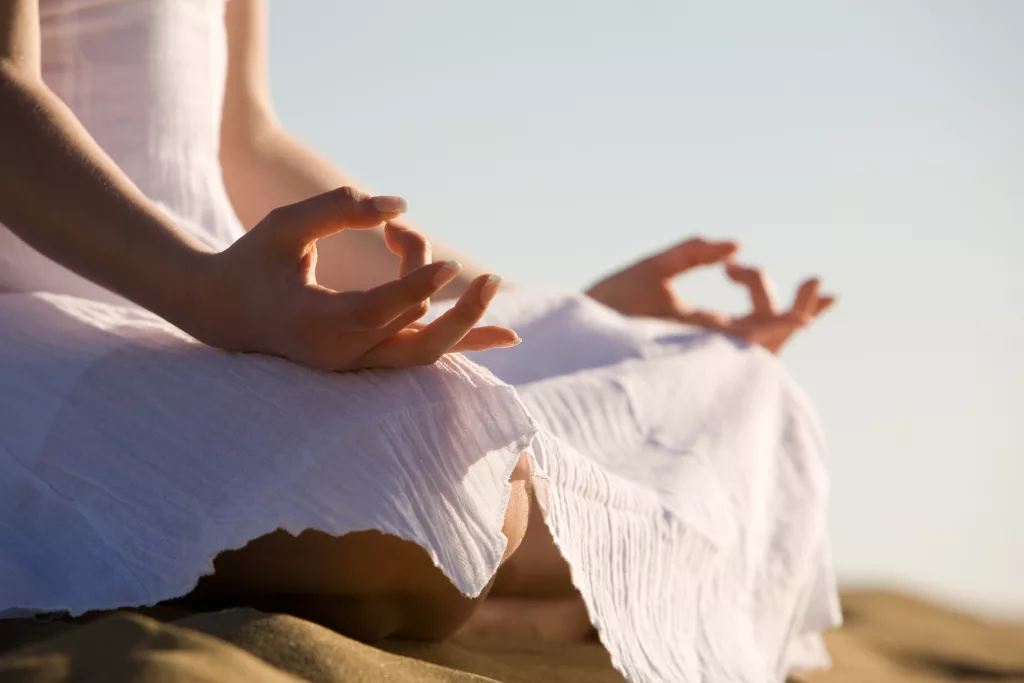
Several different types of meditation exist, including seated meditation, walking meditation, and moving meditation.
Each form of meditation has its own unique benefits (including mental health benefits) and can be tailored to meet individual needs and preferences.
Speak to a meditation instructor to find the technique best suited to you.
Regardless of the type of meditation you choose, the key is regular and consistent practice.
Even just a few minutes of meditation each day can make a significant impact on your mental and physical health.
So, whether you prefer traditional forms of meditation or you’re searching for alternative meditation practices, incorporating meditation into your daily routine can have a profound impact on your overall mental health.
11 Reasons Why People Find Meditation So Hard
Meditation is a little challenging, and many people struggle with it at first.
Here are eleven common reasons why people find meditation difficult:
- Lack of Time: With more distractions than ever, finding time for meditation can be a challenge.
- Exhaustion: It can be tough to focus on meditation when you’re feeling tired or run down.
- Restlessness: Sitting still for extended periods can be uncomfortable, especially if you’re not used to it.
- Racing Thoughts: It’s common to have a busy mind, making it a headache to focus on the present moment.
- Physical Discomfort: Discomfort or pain can make it painful to sit still and focus on meditation.
- Impatience: It can be stressful to see the benefits of meditation right away, making it easy to become discouraged.
- Struggle to Concentrate: If you have trouble focusing, it can be mind-numbing to stay present during meditation.
- Not Giving it Enough Time: Meditation is a practice that takes time to develop, and it’s essential to be patient.
- Unable to Visualize: Some people find it impossible or extremely difficult to visualize or imagine things during meditation.
- Nowhere to Meditate: If you don’t have a quiet or private space to meditate, it can be frustrating to focus.
- Low Confidence: Some people may feel self-conscious or unsure of themselves, making it difficult to let go and be present.
While these challenges may seem daunting, there are many alternative practices that offer similar benefits to traditional meditation.
The key is to find a practice that resonates with you and to be patient with yourself as you practice mindfulness and meditation.
25 Meditation Alternatives (Especially If You Dislike Meditation)
Breathwork
Breathwork involves intentionally changing your breathing patterns to improve your physical and mental well-being. There are many different types of breathwork, including pranayama, holotropic breathwork, and rebirthing.
Benefits
- Reduces stress and anxiety
- Enhance focus
- Improves blood circulation
- Bolsters immune system function
- Enhances lung function
Drawbacks
- Can cause dizziness or light-headedness if done incorrectly
- May not be suitable for individuals with certain health conditions
Reason to Choose
You prefer a more active practice that focuses on the breath and promotes relaxation. It’s a great meditation alternative because meditation becomes much easier when you begin regulating your breath.
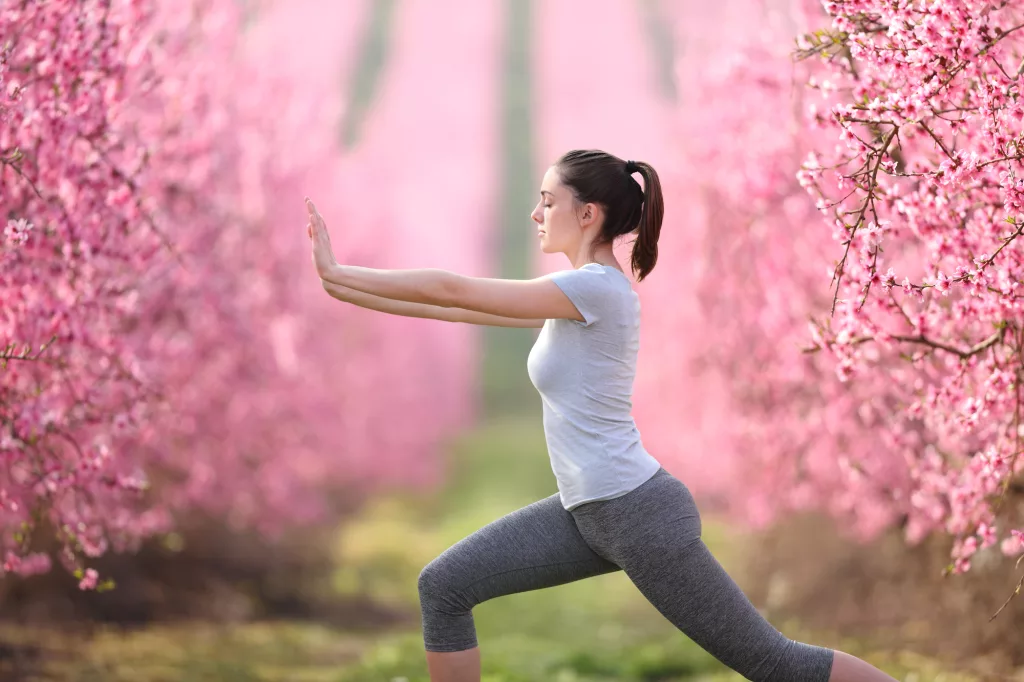
Qigong
Qigong is a traditional Chinese practice that combines breathwork, meditation, and movement to promote physical and emotional balance. You’ll find yourself practicing a series of movements and postures carefully coordinated with the breath.
Benefits
- Improves flexibility, balance, and coordination
- Boosts immune system
- Reduces stress and anxiety
- Lowers blood pressure
- Promotes sleep quality
Drawbacks
- May require an experienced instructor to learn properly
- Might be difficult for individuals who struggle with certain movements
Reason to Choose
You enjoy a more active practice that incorporates breathwork and movement and promotes relaxation.
Yoga
Yoga is a physical, mental, and spiritual practice combining breathwork, meditation, and movement to promote overall well-being. This ancient practice originates in India, where it has been developed for thousands of years, spawning numerous styles. These include hatha, vinyasa, and restorative.
Benefits
- Improves flexibility, strength, and balance
- Reduces stress and anxiety
- Promotes relaxation
- Improves sleep quality
- Soothes inflammation
Drawbacks
- May require an experienced instructor to learn properly
- Not suitable for individuals with chronic injuries or physical difficulties.
Reason to Choose
You enjoy a more physical practice that incorporates breathwork and movement and promotes relaxation.
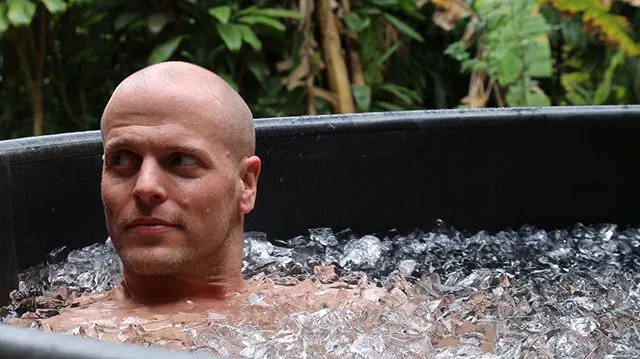
Cold Showers and Ice Baths
Cold water therapy involves exposing the body to cold temperatures to promote physical and mental health. This can be done through cold showers, ice baths, or cold-water immersion therapy.
Benefits
- Improves circulation
- Reduces inflammation
- Boosts the immune system
- Increases alertness and focus
- Improves athletic performance
Drawbacks
- Can be uncomfortable
- Can trigger individuals with certain health conditions
- May not be suitable during pregnancy or menstruation
Reason to Choose
You prefer a more active practice that involves cold water exposure and bolsters your physical and mental well-being.
Humming and Singing
Humming and singing involve vocalizing specific sounds or tones to promote relaxation and well-being. The harmonics soothe the body and mind. Practices include mantra chanting, toning, or simply humming a tune.
Benefits
- Reduces stress and anxiety
- Improves mood and energy levels
- Promotes relaxation
- Enhances respiratory function
- Improves voice quality
Drawbacks
- May feel awkward or uncomfortable at first
- Individuals with vocal difficulties will find practices challenging.
Reason to Choose
You enjoy practices that involve vocalizing and sound and want to promote relaxation and improve voice quality.
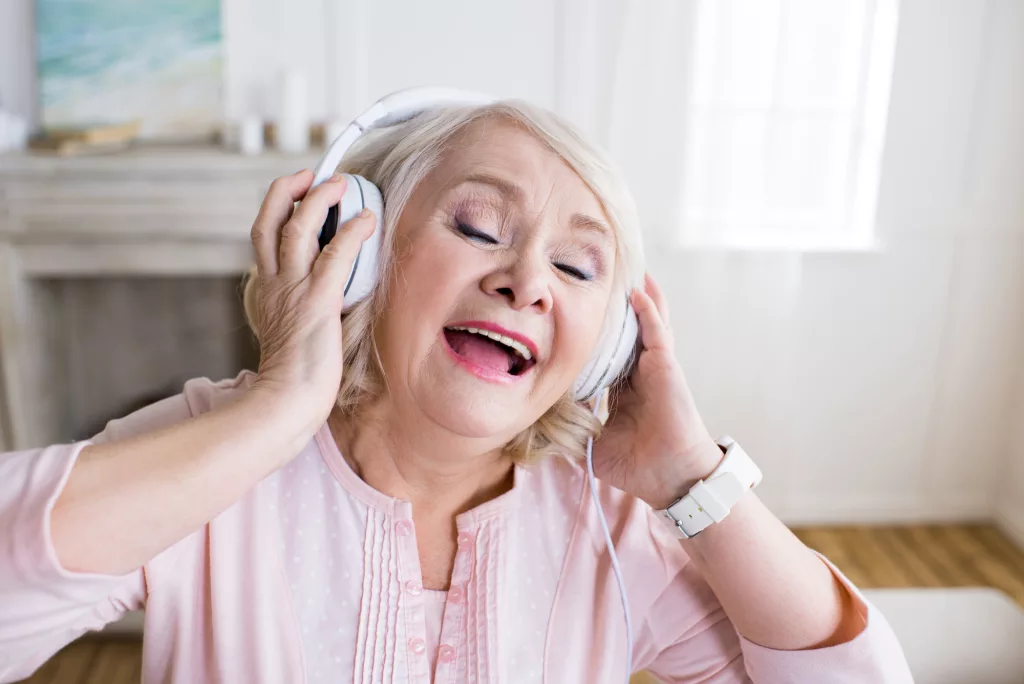
EFT (Emotional Freedom Technique)
EFT is an unusual form of energy therapy involving tapping specific acupressure points on the body while focusing on a negative emotion or issue to release it and promote emotional well-being.
Benefits
- Reduces anxiety, depression, and other negative emotions
- Promotes relaxation
- Improves self-esteem
- Helps with physical pain management
- Improves digestion
Drawbacks
- Requires unguided effort to do properly
Reason to Choose
You prefer a more hands-on practice focusing on emotions and energy and want to release negative emotions to enhance your emotional well-being.
Chakra Healing
Chakra healing is an ancient practice revolving around the concept of chakras, or the body’s energy centers. Chakras, when healed, promote general well-being in their respective regions and roles. There are seven main chakras in the body, each with its own corresponding color, location, and emotional theme.
Benefits
- Improves energy flow
- Reduces stress and anxiety
- Promotes emotional balance
- Soothes physical symptoms related to certain chakras
- Promotes spiritual growth
Drawbacks
- May require an experienced practitioner to learn properly
- Requires prolonged practice to master
Reason to Choose
You’re interested in practices that focus on energy and the body’s natural healing abilities and want to promote balance and well-being on all levels.

Barefoot Grounding
Barefoot grounding, also known as earthing, involves connecting to the earth’s natural energy by walking barefoot on natural surfaces like grass or sand. The theory is that the earth’s surface has a negative charge that can balance the body’s positive charge, which then regulates and harmonizes an individual’s emotional well-being.
Benefits
- Improves sleep quality
- Reduces stress and anxiety
- Promotes relaxation
- Reduces inflammation
- Improves circulation
Drawbacks
- May not be suitable for individuals with certain health conditions
- Not particularly feasible in urban environments or during inclement weather
Reason to Choose
You thrive outdoors and want to connect to the earth’s natural energy to promote your inner spirit.
Sauna
Sauna therapy involves sitting in a heated room or enclosure to promote relaxation and improve your health. The heat and humidity in a sauna cause sweating, increase circulation, and stimulate the release of endorphins – it’s like a mild dose of exercise.
Benefits
- Reduces stress and anxiety
- Promotes relaxation
- Improves circulation
- Helps promote detoxification
- Increases athletic performance
Drawbacks
- May not be suitable for individuals with certain health conditions
- May cause dehydration or overheating if not used properly
Reason to Choose
You enjoy heat therapy and want to achieve better health through relaxation and detoxification.
Forest Bathing
Forest bathing, also known as Shinrin-yoku, is as simple and serene as it sounds. Nothing more than spending time in nature, immersing yourself in the forest. The practice originated in Japan and involved immersing oneself in the sights, sounds, and smells of a forest or natural environment.
Benefits
- Reduces stress and anxiety
- Promotes relaxation
- Improves mood and energy levels
- Bolsters immune system function
- Reduces inflammation
Drawbacks
- May not be feasible for everyone, especially those who live in urban environments
- May not be suitable during inclement weather
Reason to Choose
You love spending time in nature and feel relaxation and immersion in natural environments.
Sound Healing
Sound is more than just the way we talk. Its vibrations can promote a sense of well-being and even boost your health. Singing bowls, gongs, or tuning forks, these sounds help the harmonics of your body.
Benefits
- Reduces stress and anxiety
- Promotes relaxation
- Helps sleep quality
- Aids physical healing
- Deepens spiritual growth
Drawbacks
- May require an experienced practitioner to learn properly
- Instruments are required.
Reason to Choose
You find sound and vibrations promote relaxation and healing.
Dancing and Shaking
Dancing and shaking are practices that involve using movement to promote physical and emotional well-being. These practices can involve free-form movement or guided exercises designed to release tension, increase energy, and promote relaxation.
Benefits
- Reduces stress and anxiety
- Promotes relaxation
- Increases energy levels
- Improves mood and self-esteem
- Can promote physical fitness
Drawbacks
- May not be suitable for individuals with certain health conditions
- May not be suitable for those with limited mobility
Reason to Choose
You enjoy movement-based practices and want to promote physical and emotional well-being through dance and shaking.
Taking a Nap
Taking a nap is a simple and effective way to promote physical and mental well-being. Napping can help reduce stress, improve mood and focus, and promote physical relaxation.
Benefits
- Reduces stress and anxiety
- Promotes relaxation
- Improves mood and focus
- Enhances physical performance
- Bolsters immune system function
Drawbacks
- May not be feasible for everyone, especially those with busy schedules
- May interfere with nighttime sleep if taken too late in the day
Reason to Choose
You want a simple and effective way to improve how you feel during the day.
Ayurvedic Oil Bath
The ayurvedic oil bath is a practice that involves using warm oil to massage the body and promote physical and emotional well-being. This practice is based on the principles of Ayurveda, an ancient Indian system of medicine.
Benefits
- Reduces stress and anxiety
- Promotes relaxation
- Improves circulation
- Enhances physical and emotional detoxification
- Can improve skin health
Drawbacks
- May require specialized oils or an experienced practitioner
Reason to Choose
You enjoy practices that involve physical touch and want to promote physical and emotional well-being through massage and oil therapy.
Surfing
Surfing is a water sport that involves riding waves on a board. This practice can promote physical fitness, balance, and coordination, as well as relaxation and stress reduction.
Benefits
- Promotes physical fitness
- Improves balance and coordination
- Reduces stress and anxiety
- Promotes relaxation
- Can improve mood and self-esteem
Drawbacks
- May not be suitable for individuals with a physical impairment
- Requires access to a beach and proper equipment
Reason to Choose
You enjoy water sports and gain a sense of relief from physical exercise.
Tantric Sex
Tantric sex is a practice that involves using sexual energy to promote physical and emotional well-being. This practice can involve a variety of techniques, including breathwork, mindfulness, and massage.
Benefits
- Reduces stress and anxiety
- Promotes relaxation
- Increases intimacy and connection
- Can improve sexual function
- Can promote spiritual growth
Drawbacks
- May not be suitable for individuals with certain health conditions, e.g., a heart condition
- May require an experienced practitioner or partner
Reason to Choose
You find intimacy and sexual energy healing and relaxing.
Painting
Painting is a creative practice that can promote physical and emotional well-being. This practice can involve a variety of mediums, including watercolor, acrylic, and oil paints, and can be done individually or in a group setting.
Benefits
- Reduces stress and anxiety
- Promotes relaxation
- Improves mood and self-esteem
- Promotes creativity and self-expression
- Can promote mindfulness and focus
Drawbacks
- May require specialized equipment or materials
- May not be suitable for those with limited mobility
Reason to Choose
You enjoy creative practices such as painting.
Affirmations
Affirmations are positive statements used to promote physical and emotional well-being. This practice involves repeating positive statements to oneself in order to promote self-confidence and positivity.
Benefits
- Reduces stress and anxiety
- Promotes self-confidence and positivity
- Improves mood and self-esteem
- Can promote motivation and goal-setting
- Can improve relationships and social connections
Drawbacks
- May not be suitable for those with negative self-talk patterns
- May not be effective for everyone
Reason to Choose
You want to promote physical and emotional well-being through positive self-talk and affirmations.
Journaling
Journaling involves writing down thoughts, feelings, and experiences in a journal or diary. This practice can promote self-awareness, mindfulness, and emotional well-being.
Benefits
- Reduces stress and anxiety
- Promotes self-awareness and mindfulness
- Improves mood and self-esteem
- Can promote emotional healing and processing
- Can improve problem-solving skills
Drawbacks
- May not be suitable for those who struggle with writing or self-expression
- May require consistency and commitment to be effective
Reason to Choose
You gain a sense of relief through introspection and mindfulness.
Creative Visualization
Creative visualization requires using the imagination to promote physical and emotional well-being. This practice can involve visualizing positive outcomes, experiences, or emotions in order to promote positivity and self-confidence.
Benefits
- Reduces stress and anxiety
- Promotes self-confidence and positivity
- Improves mood and self-esteem
- Can promote motivation and goal-setting
- Can improve problem-solving skills
Drawbacks
- May not be suitable for those who struggle with visualization or imagination
- May require consistency and commitment to be effective
Reason to Choose
You wish to progress through positive visualization and goal-setting.
Eye Gazing
Eye gazing is a practice that involves making eye contact with another person for an extended period of time. This practice can promote connection, intimacy, and self-awareness.
Benefits
- Reduces stress and anxiety
- Promotes connection and intimacy
- Improves communication skills
- Can promote self-awareness and mindfulness
- Can improve social relationships and empathy
Drawback
- May not be suitable for those who struggle with eye contact or social anxiety
- May require a partner or experienced practitioner
Reason to Choose
You want to gain connection and intimacy with another person.
Floating (Sensory Deprivation)
Floating, or sensory deprivation, involves floating in a tank or pool of water that is heated to body temperature and contains high levels of salt. This practice can promote physical and emotional relaxation, as well as self-awareness and mindfulness.
Benefits
- Reduces stress and anxiety
- Promotes physical and emotional relaxation
- Can improve sleep quality
- Can promote self-awareness and mindfulness
- Can improve mental clarity and focus
Drawbacks
- May not be suitable for individuals with certain health conditions
- May require access to specialized equipment or facilities
Reason to Choose
You experience relaxation through sensory deprivation.
Non-Judgmental Awareness
Non-judgmental awareness, also known as mindfulness, involves being present in the moment and observing one’s thoughts and emotions without judgment or attachment. This practice can promote self-awareness, emotional regulation, and stress reduction.
Benefits
- Reduces stress and anxiety
- Promotes emotional regulation and self-awareness
- Improves mood and self-esteem
- Can improve problem-solving skills
- Can improve relationships and social connections
Drawbacks
- May require consistent practice to be effective
- May not be suitable for those who struggle with focus or self-awareness
Reason to Choose
You find mindfulness the secret to calm and serenity.
Swimming
Swimming is a physical activity that involves moving through water using a variety of strokes. This practice can promote physical fitness, cardiovascular health, and stress reduction.
Benefits
- Promotes physical fitness and cardiovascular health
- Reduces stress and anxiety
- Can improve sleep quality
- Can improve mood and self-esteem
- Can promote relaxation and mindfulness
Drawbacks
- May not be suitable for individuals with certain health conditions
- May require access to a pool or body of water
Reason to Choose
You find a low-impact, full-body workout promotes relaxation and stress reduction.
Acupuncture
Acupuncture involves inserting fine needles into specific points on the body in order to promote physical and emotional well-being. This practice is based on the principles of traditional Chinese medicine and can be used to treat a variety of health conditions.
Benefits
- Reduces stress and anxiety
- Promotes physical relaxation and pain relief
- Can improve sleep quality
- Can promote emotional well-being and mood regulation
- Can be used to treat a variety of health conditions
Drawbacks
- May not be suitable for individuals with certain health conditions or needle phobia
- May require multiple sessions to be effective
Reason to Choose
You use traditional forms of healing used to treat a variety of health conditions.
Wrapping Up
Meditation has an impressive array of results.
But it’s not the only remarkable practice you can integrate into your life. If you’re finding it difficult to find the time or patience, you’ve covered many meditation alternatives.
From breathwork to creative visualization, there are incredible benefits to be enjoyed. Find what works for you. Share your own meditation advice and stories in the comments below, and let’s support each other on our journeys to greater health and happiness.
References:
https://www.healthline.com/health/breathwork
https://www.nccih.nih.gov/health/qigong-what-you-need-to-know
https://www.healthline.com/nutrition/13-benefits-of-yoga
https://www.nccih.nih.gov/health/yoga-what-you-need-to-know
https://remedygrove.com/wellness/How-Humming-Helps-To-Warm-Up-The-Voice
https://www.verywellmind.com/emotional-freedom-technique-2584293
https://pubmed.ncbi.nlm.nih.gov/27170647/
https://www.healthline.com/health/what-are-chakras
https://www.psychologytoday.com/us/basics/forest-bathing
https://welldoing.org/article/what-is-sound-healing
https://www.psychologytoday.com/us/blog/urban-survival/201907/the-healing-power-sound-meditation
https://www.banyanbotanicals.com/info/ayurvedic-living/living-ayurveda/lifestyle/self-oil-massage/
https://www.paintingtogogh.com/blogs/news/health-benefits-of-painting
https://www.webmd.com/mental-health/mental-health-benefits-of-journaling
https://www.psychologytoday.com/us/blog/in-flux/201606/the-benefits-creative-visualization
https://www.verywellhealth.com/float-therapy-overview-benefits-and-risks-5212782
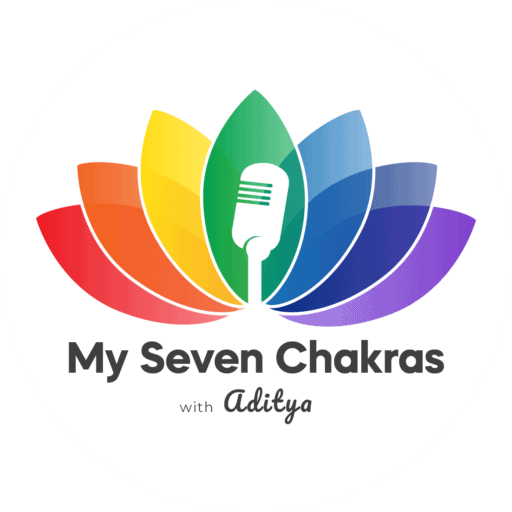
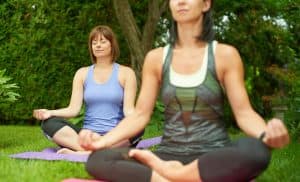

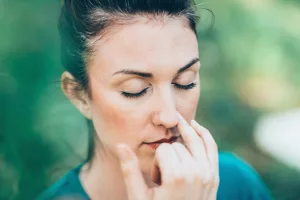
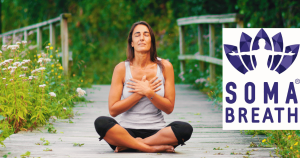

Leave a Reply